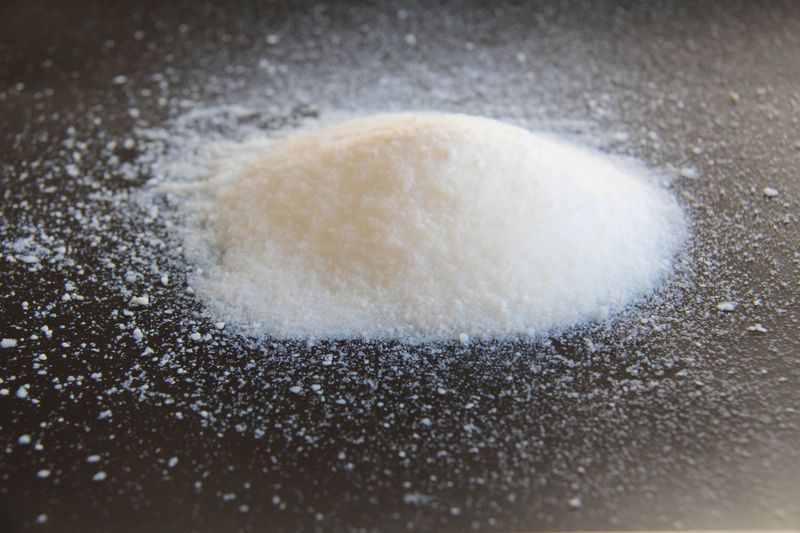What is Fumed Silica?
Fumed silica, also known as pyrogenic silica or amorphous silica, is an ultra-fine, high-purity silicon dioxide produced by flame hydrolysis of silicon compounds. During the fumed silica production process, volatile metallic silicon halide precursors such as silicon tetrachloride are hydrolyzed in a hydrogen-oxygen flame. Fumed silica particles are spherical primary particles that agglomerate into larger, branched, three-dimensional secondary particles. The resulting silica particles have exceptionally small particle sizes ranging from 5-50 nanometers.
Applications in Different Industries
Due to its unique characteristics like exceedingly small particle size, large specific surface area and low bulk density, fumed silica finds wide applications across various industries.
In the personal care industry, Fumed Silica is commonly used as an abrasive agent in toothpastes, as an anti-caking agent in body powders and as a thickening agent in shampoos and conditioners. The fine particles provide excellent texture, spreadability and have absorbing properties.
When used as a reinforcing filler in silicone rubber and elastomers, fumed silica improves mechanical strength, thermal conductivity, dimensional stability and resistance to abrasion. This makes it ideal for automotive applications like seals, hoses, gaskets and o-rings.
In the food industry, fumed silica acts as a flow conditioner and prevents caking and aggregation of food powders. It is safely used as an anti-caking agent and flow aid in spices, seasonings, instant noodles and dairy products.
The combination of absorbency and reinforcing ability makes fumed silica suitable for use as a thickening or thixotropic agent in inkjet ink formulations. It allows for proper suspension of pigments and prevents settling of particles.
Chemical properties
The exceptional properties of fumed silica can be attributed to its unique chemical structure and physical properties. On a chemical level:
– It is nearly pure silicon dioxide (SiO2) composed of amorphous, three-dimensional branching structures.
– The particles have an extremely high surface area ranging from 50 to 450 m2/g. This provides more surface for chemical interactions or physical adsorption compared to other types of silica.
– The structure has a fluctuating valence bond, allowing it to bond with various molecules. So fumed silica exhibits both hydrophilic and hydrophobic characteristics.
– Each primary particle is surrounded by silanol (Si-OH) groups that enable hydrogen bonding with other silanol groups or polar molecules. This boosts the reinforcing action.
Physical properties
Physically, fumed silica nanoparticles exhibit:
– Minuscule particle size ranging from 5-50nm, giving it ultra-fine, fluffy texture.
– Low bulk density of 30-100 kg/m3 due to agglomerated, open, sponge-like structures.
– Low glass transition temperature so it remains disordered and elastic up to 900°C.
– Low thermal conductivity but high absorptivity, making it suitable as a thermal insulator.
– Hydrophobic or organophilic silica can be produced by surface modification using silanes or organic coatings.
Production of Fumed Silica
Fumed silica is manufactured through flame hydrolysis, a gas-phase synthesis that takes place under extremely high temperatures ranging from 1500-3000°C. In the reactor, a precursor like silicon tetrachloride is combined with hydrogen and oxygen gas and injected into an oxyhydrogen flame. Here, the precursor decomposes and silicon dioxide forms as fume. The fume is then quenched to halt growth of particles. Finally, the material enters collection and processing steps to yield the finished fumed silica product.
Key Attributes and Advantages
To summarize, some of the key attributes and advantages offered by fumed silica that explain its diverse usage include:
– Nano-scale particle size for maximized surface area and interaction at interfaces.
– Amorphous structure for enhanced surface reactivity and interactions.
– Abundant surface silanol groups for hydrophilic or hydrophobic surface tailoring.
– Ultra-low bulk density for opacity, absorptivity and texture enhancement.
– Chemical inertness and thermal stability up to high temperatures.
– Reinforcing ability, thickening action and anti-caking performance.
– Ease of dispersion in liquids and easy blending into matrices.
– Robust, consistent quality assured by flame hydrolysis production.
Fumed silica has carved a niche for itself by addressing formulation challenges across industries through its exceptional set of physical and chemical attributes arising from its specialized nanoscale morphology and structure produced uniquely via flame hydrolysis. Applications continue expanding as its potential is increasingly tapped.
*Note:
1. Source: Coherent Market Insights, Public sources, Desk research
2. We have leveraged AI tools to mine information and compile it




